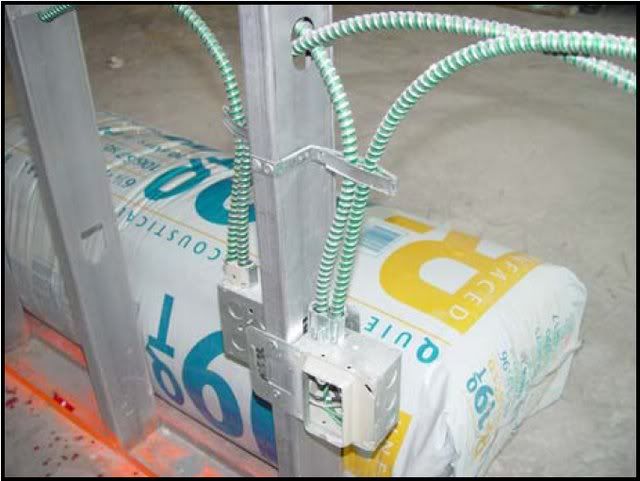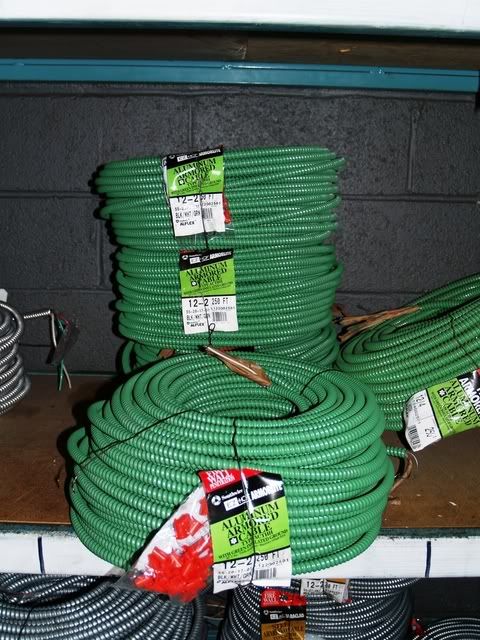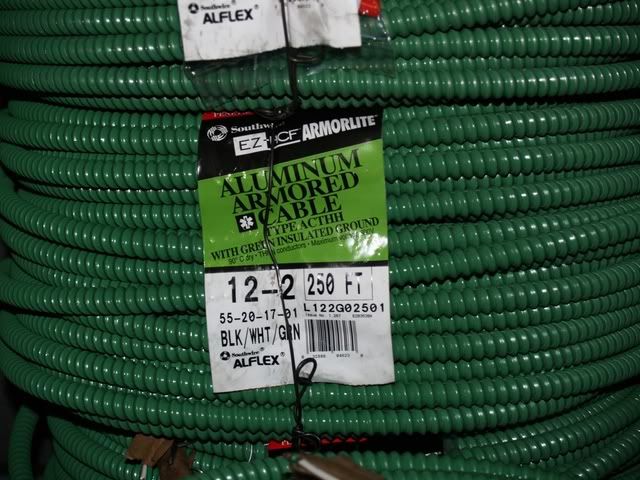I just checked it out..I can see the government is on top of this issue..check out this info I got from these resources. I reprented a list of the chemicals they use..
What are the different types of cryogenic liquids?
Each cryogenic liquid has its own specific properties but most cryogenic liquids can be placed into one of three groups:
Inert Gases: Inert gases do not react chemically to any great extent. They do not burn or support combustion. Examples of this group are nitrogen, helium, neon, argon and krypton.
Flammable Gases: Some cryogenic liquids produce a gas that can burn in air. The most common examples are hydrogen, methane and liquefied natural gas.
Oxygen: Many materials considered as non-combustible can burn in the presence of liquid oxygen. Organic materials can react explosively with liquid oxygen. The hazards and handling precautions of liquid oxygen must therefore be considered separately from other cryogenic liquids.
http://www.osha.gov/SLTC/wasteanestheticgases/
http://www.osha.gov/dts/osta/anestheticgases/index.html
aesthetic Gases: Guidelines for Workplace Exposures
B. GENERAL INFORMATION Surgical inhalation anesthesia was first used in the United States when diethyl ether was administered to a patient in 1842. Since then, many chemical compounds have been used to anesthetize patients to keep them free from pain during surgical procedures. Many anesthetic agents such as diethyl ether, divinyl ether, cyclopropane, and ethylene, were effective in their intended use but posed a fire and explosion risk in the presence of a sufficient oxygen supply and an ignition source such as a spark from static electricity or electrical equipment. In the 1950s, developments in chlorofluorocarbon chemistry produced halogenated, nonflammable, volatile agents that replaced the explosive agents. More than 20 years ago the Joint Commission on Accreditation of Hospitals (JCAH) in its"Accreditation Manual for Hospitals" prohibited the use of flammable anesthetic agents in all anesthetizing locations. Table 1 lists inhaled anesthetic agents that have been used in the past and those that are currently in use.
Table 1. Inhaled Anesthetic Agents Generic or
chemical name Commercial name Year of introduction Currently in use?
Diethyl ether Ether 1842 No
Nitrous oxide Nitrous oxide 1844 Yes
Chloroform Chloroform 1847 No
Cyclopropane Cyclopropane 1933 No
Trichloroethylene Trilene? 1934 No
Fluroxene Fluoromar? 1954 No
Halothane Fluothane? 1956 Yes
Methoxyflurane Penthrane? 1960 Infrequently
Enflurane Ethrane? 1974 Yes
Isoflurane Forane? 1980 Yes
Desflurane Suprane? 1992 Yes
Sevoflurane Ultane? 1995 Yes
This is not electrical but does add to discussion..so if the redundent grounding is not to control the electrical asserbation of these chemicals what is it for..(You Know prevent a spark)




